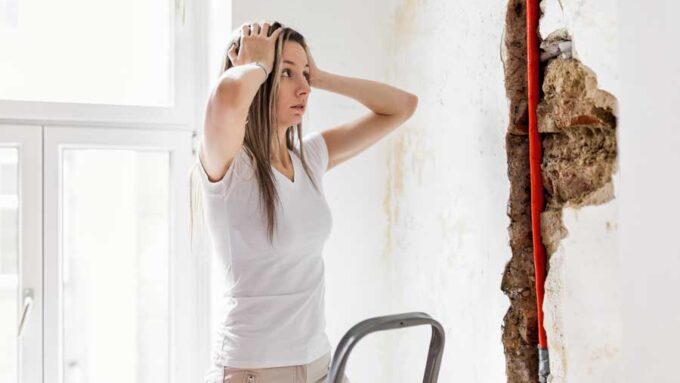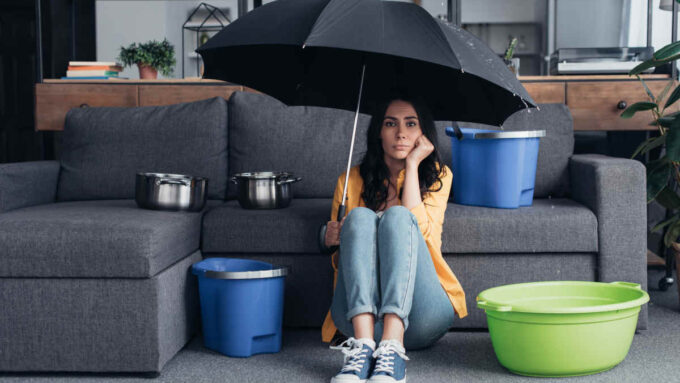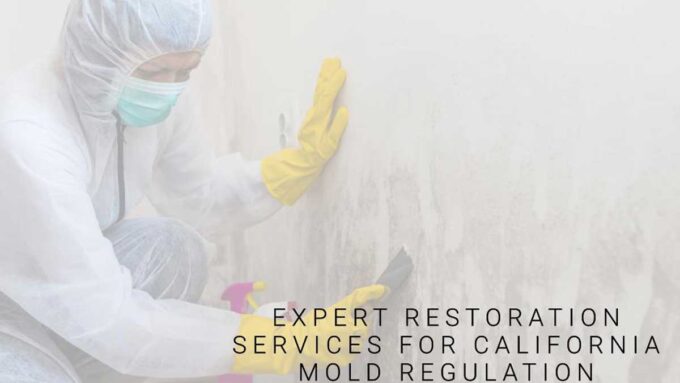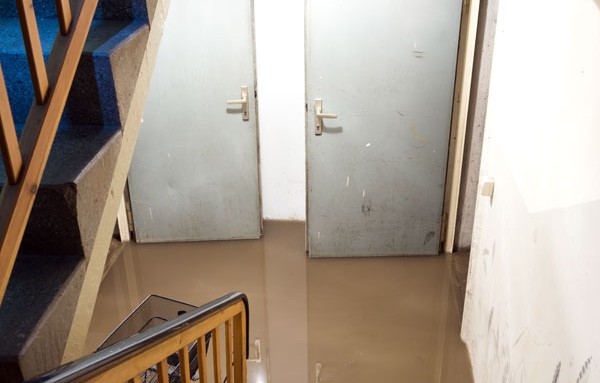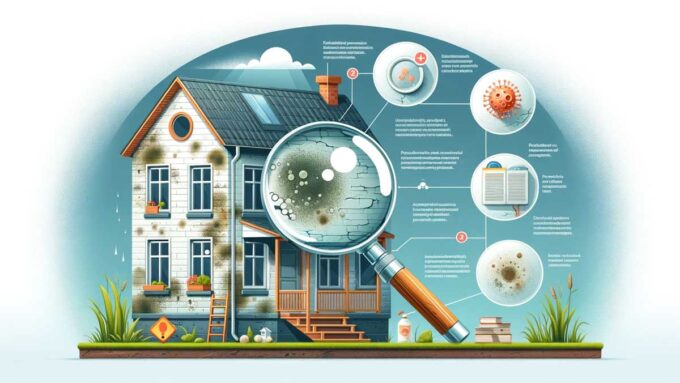As summer approaches, so does the development of various molds. Not only are they unsightly, but they can cause serious health effects. This post will explore more about what encourages mold to develop and a few to watch out for.
What Causes Summer Mold?
One of the main causes of summer mold is humidity. During this season, there is abundant moisture in some parts of the country. When combined with high temperatures, it creates a haven for mold spores.
While mold might develop in a single area, if not removed, its particles will spread. This can be especially problematic if it’s in your crawl space or air ventilation system because they’ll circulate the spores throughout your home.
5 Frequent Summer Molds
Mucor: This fungus is commonly discovered in houseplants and rotting fruits or vegetables. It can also grow near your HVAC system because it thrives on the surrounding moisture. It can be identified thanks to its deep black spots that spread in various directions. While not fatal, mucor can cause mucormycosis – a fungal infection that can irritate your sinuses and skin.
Black Mold: Black mold is often labeled as one of the most toxic types. While dangerous, it’s not necessarily as deadly as some claim. However, if you’re constantly exposed to it, it can result in serious issues.
As with most molds, black mold enjoys dark environments. Because of this, you’ll find it in basements and attics. As its name suggests, this mold leaves behind large black splotches.
Aspergillus: Aspergillus grows on decaying matter. Most of the time, it’s found outdoors and makes its way into your home by having its spores cling to your shoes and clothing.
Aspergillus is known for its bottle-like shape. It appears black, but when removed from a surface, features a yellow-tinted undercoating.
Chaetomium: Chaetomium is one of the more problematic molds. Because of its strength and ability to quickly spread, it can create structural damage and concerning health issues. This variety is usually found near water damage and has a black and yellowish hue.
Penicillium: This mold is frequently found in homes. Many times, its spores can result in respiratory infections. Penicillium usually grows in dark, damp areas. This includes under old mattresses and wallpaper.
Almost every homeowner needs to watch out for mold. If you’re not careful, it could end up being a huge hazard to both your living space and health. If you’re concerned you might have a mold problem, give RCS a call in Santa Rosa. Our experts will quickly arrive to inspect the issue and recommend ways to eradicate it.


